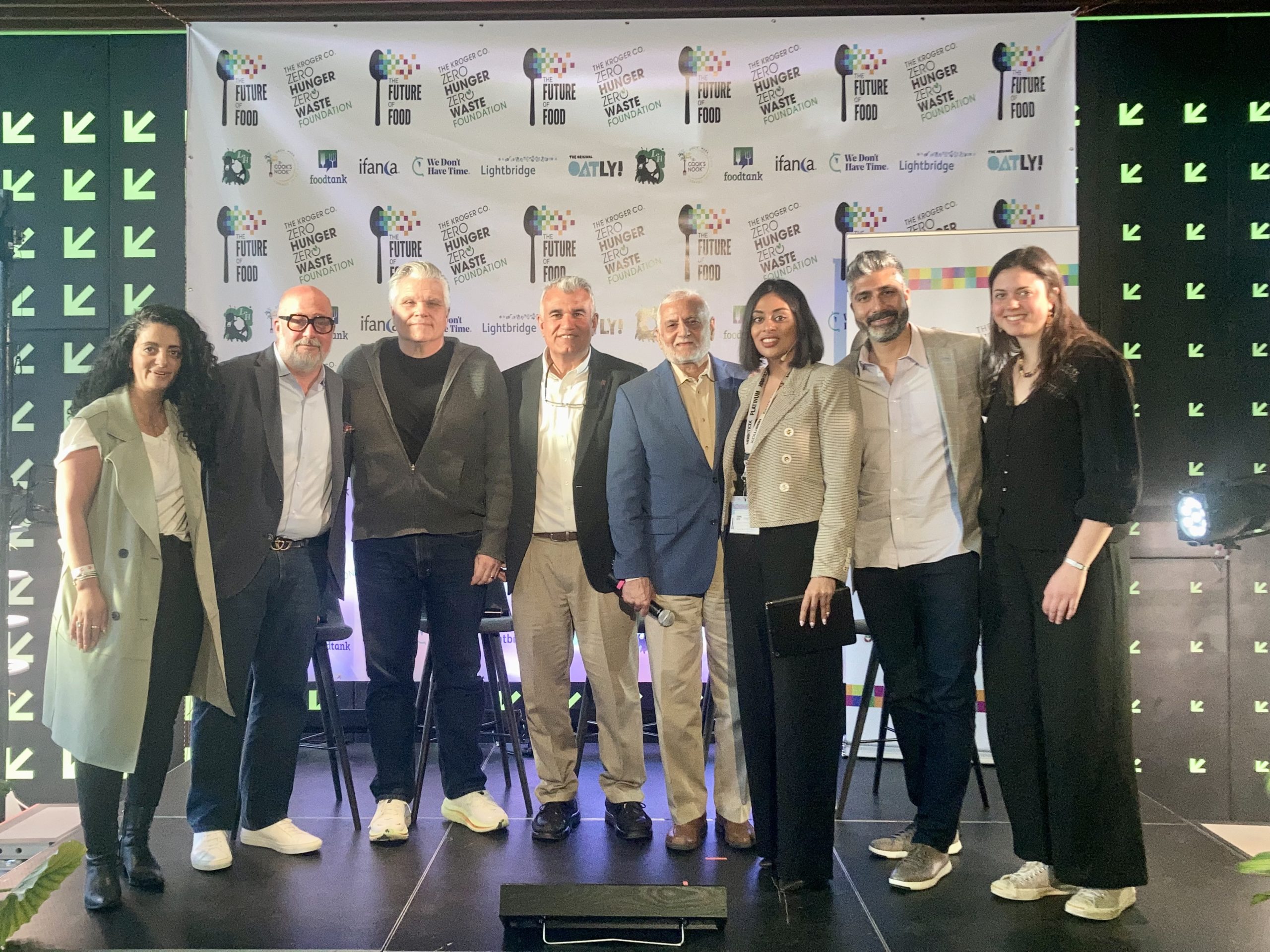It’s coming.
Meat alternatives, now all the rage, and dairy alternatives before them will look like a drop in the bucket compared to the wave of food technologies about to confront consumers.

We can say food technology has always been a part of the larger food ecosystem. Very true. But we can’t use this fact to dismiss the monumental differences we’re seeing today…
- The reality of finite natural resources coupled with unpredictable weather patterns.
- The tremendous advancements in unlocking biological building blocks.
- The speed from concept to commercialization.
- The influx of new entrepreneurial players with purpose-driven missions.
- The pursuit of efficiencies and differentiation resulting from expanded competition.
- The social networks that enable information to be shared quickly.
- The growing global middle class and more demanding consumers who expect better food, greater value and responsible production.
I am in awe and energized by the ingenuity of the agriculture and technology communities who are accepting, meeting and, in some cases, leapfrogging these challenges.
Cell-cultured foods, molecular modifications to produce healthier sugars, genetically engineered yeast-based proteins, soil microbe plant defenses, induction and high-pressure processing to preserve quality while producing safe foods, gene editing, synthetic biology, vertical farms. This truly remarkable list features just a few of the growing innovations in food — all driven by technology.
And it left us wondering, are communications professionals equipped to accept, meet and even leapfrog the communications challenges that these exciting innovations present?
To help us better counsel our clients, we have been on a year-long journey studying consumer responses to emerging food technologies. From quantitative to qualitative biometrics, from general population to Food eVangelists[1], Ketchum’s Food Tech Consumer Perception Study reveals what we have learned, including:
- Consumers comfort with, and interest in, food technology is higher than you might think (or at least I thought). More than half of consumers are comfortable with technology being used to grow, raise or make food. 67 percent are interested in learning more about food technology.
- Men and millennials are more interested in food technology than women, suggesting perhaps an unexpected targeting opportunity for those who are marketing food technology.
- Relatedly, in 2013, more women than men were Food eVangelists. Today, more men than women have adopted Food eVangelist behaviors. And more than one in four (28 percent) GenZennials[2] (consumers who straddle the millennial and Z generations) identify as Food eVangelists.
The learnings from this research are rich, and they clearly indicate food technologies must be introduced to consumers using the right combination of scientific fact and emotion to unlock acceptance before foods made with technology are brought to market.
The journey of food technology has historically been a bumpy one. Many of us have our own dings and dents to prove it. Our Food Tech Consumer Perception Study learnings can help you navigate potential pitfalls and successfully see these vitally important technologies to fruition.
Connect with me here to learn more about the study or to find out how you can test your content to make sure it resonates with the right audiences.



